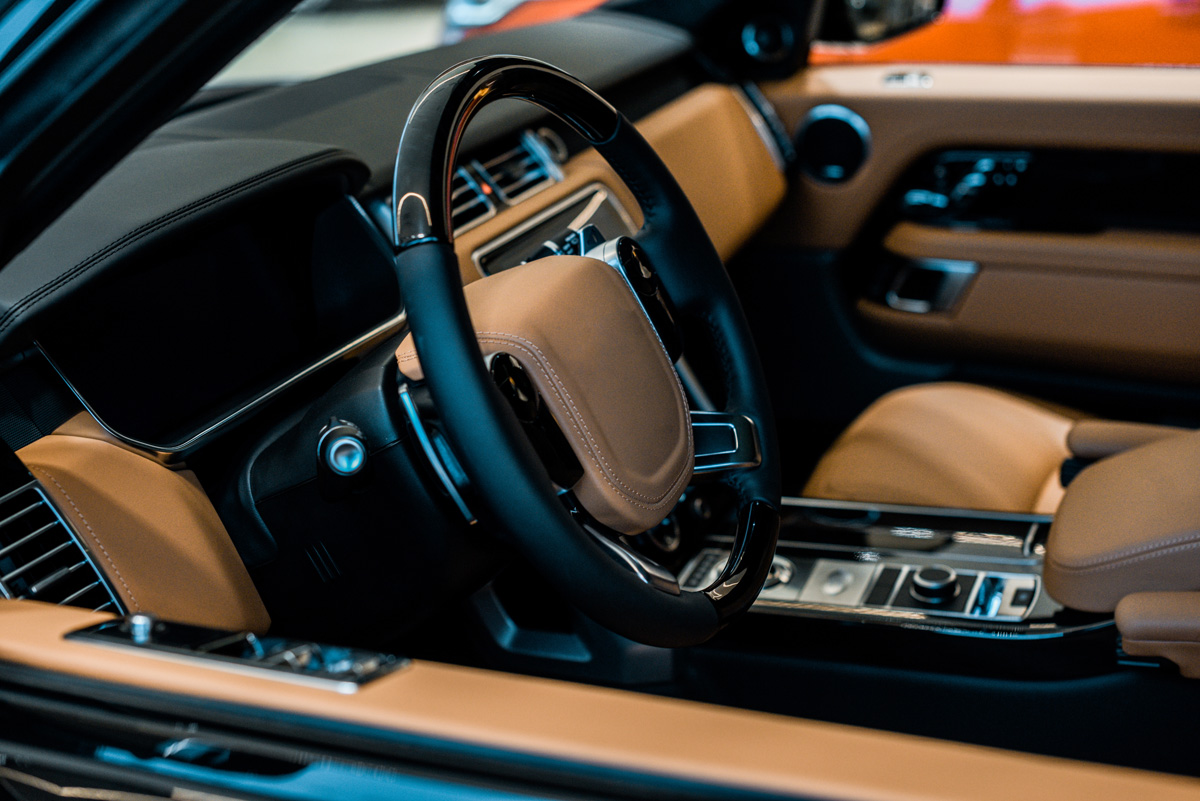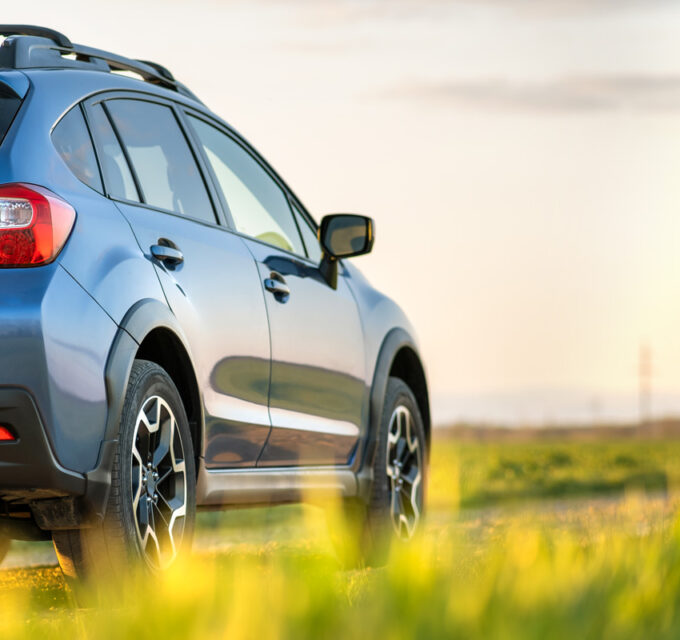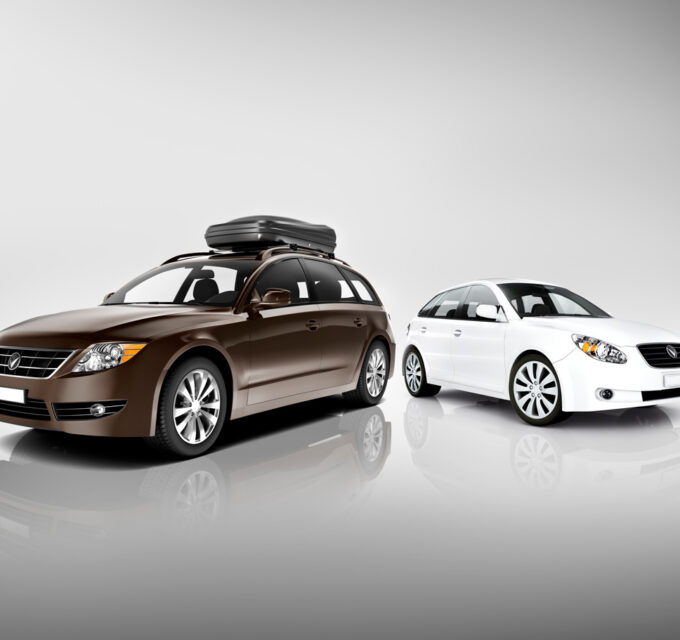For parents, there’s nothing more precious than the safety of their children. This extends far beyond the home, every journey taken together. It’s a quick trip to the grocery store or a long-awaited family vacation, ensuring your car is equipped with the latest safety features. we understand this concern and want to empower parents with the knowledge to choose vehicles that prioritize child safety. We’ll guide you into the top safety features for cars carrying children, providing detailed explanations and highlighting their role in safeguarding your little ones on the road.
Essential Safety Features for Your Child-Friendly Car
1. Advanced Airbag Systems
Airbags are a fundamental safety feature in modern vehicles, providing crucial protection in the event of a collision. However, not all airbag systems are created equal. For families with children, it’s vital to look for cars equipped with advanced airbag systems that include:
- Front and Side Airbags: These airbags deploy in the event of a frontal or side impact, providing protection for both the driver and passengers.
- Curtain Airbags: These airbags deploy from the roofline and protect occupants’ heads during side collisions or rollovers.
- Knee Airbags: Located in the lower dashboard area, these airbags help protect the knees and lower body of the driver and front passenger.
When selecting a vehicle, ensure that it has a comprehensive airbag system designed to protect all passengers, including children in the back seat.
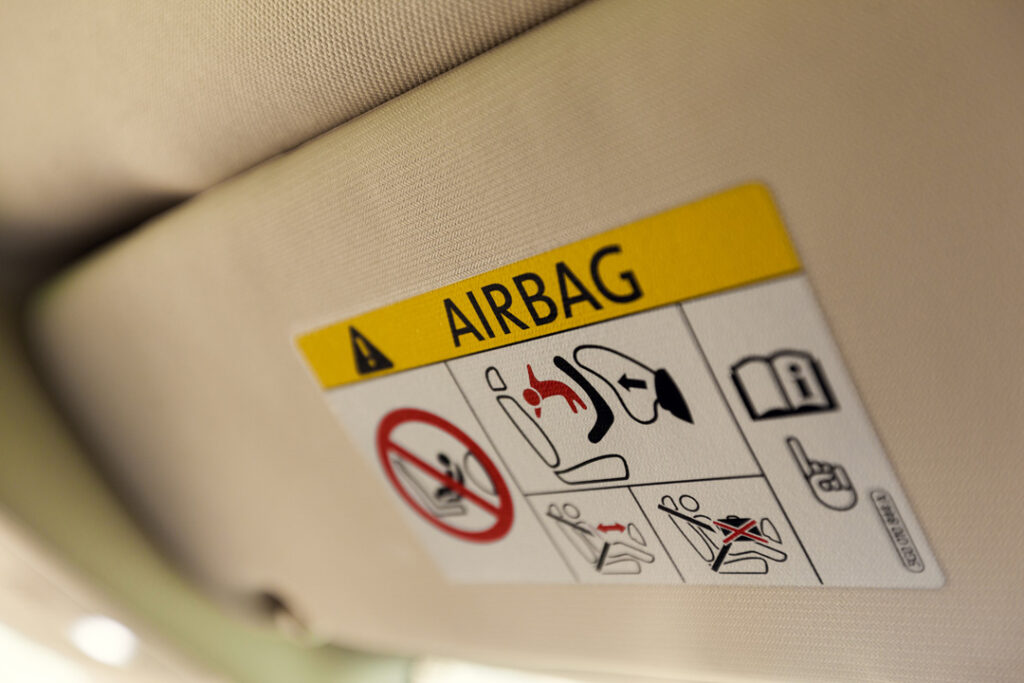
2. Child Safety Locks
Child safety locks are a simple yet effective feature that can prevent children from accidentally opening the rear doors while the vehicle is in motion. These locks are typically located on the edge of the rear doors and can be activated by the driver.
When shopping for a family car, check for:
- Manual and Automatic Child Safety Locks: Some vehicles offer automatic child safety locks that engage when the vehicle is in motion, providing an additional layer of security.
- Easy Access for Parents: Ensure that the locks can be easily activated or deactivated by the driver without requiring excessive effort.

3. LATCH System for Car Seats
The LATCH (Lower Anchors and Tethers for Children) system is designed to make the installation of child safety seats easier and more secure. This system includes lower anchors and top tether anchors that allow parents to securely attach car seats without using seat belts.
When evaluating a vehicle for child safety, consider:
- Availability of LATCH Anchors: Check that the vehicle has LATCH anchors in the rear seats, as this is essential for securing car seats properly.
- Ease of Access: Ensure that the LATCH anchors are easily accessible, as some vehicles may have them positioned in hard-to-reach areas.
4. Rearview Cameras and Parking Sensors
Rearview cameras and parking sensors are invaluable safety features that help prevent accidents while reversing. These features are especially important for parents, as they provide a clearer view of the area behind the vehicle, reducing the risk of hitting pedestrians or objects.
Look for vehicles equipped with:
- High-Resolution Rearview Cameras: A clear view of the area behind the car can help parents ensure that their children are safely out of the way before reversing.
- Parking Sensors: These sensors alert drivers to obstacles in their path, providing additional safety when maneuvering in tight spaces.

5. Blind Spot Monitoring
Blind spot monitoring systems use sensors to detect vehicles in adjacent lanes that may not be visible in the side mirrors. This feature is particularly beneficial for parents who often have children in the back seat and may be distracted while driving.
When considering a vehicle, check for:
- Visual and Audible Alerts: A good blind spot monitoring system will provide both visual and audible warnings when a vehicle is detected in the blind spot.
- Lane Change Assistance: Some advanced systems can provide steering assistance to help prevent collisions during lane changes.
6. Electronic Stability Control (ESC)
Electronic Stability Control (ESC) is a critical safety feature that helps drivers maintain control of their vehicle during slippery conditions or sudden maneuvers. This system detects when the vehicle is losing traction and automatically applies brakes to individual wheels to help stabilize the vehicle.
For families, ESC is essential because:
- Improved Handling: It enhances vehicle stability, reducing the risk of accidents caused by skidding or loss of control.
- Increased Confidence: Parents can drive with greater confidence, knowing that the vehicle is equipped to handle challenging driving conditions.
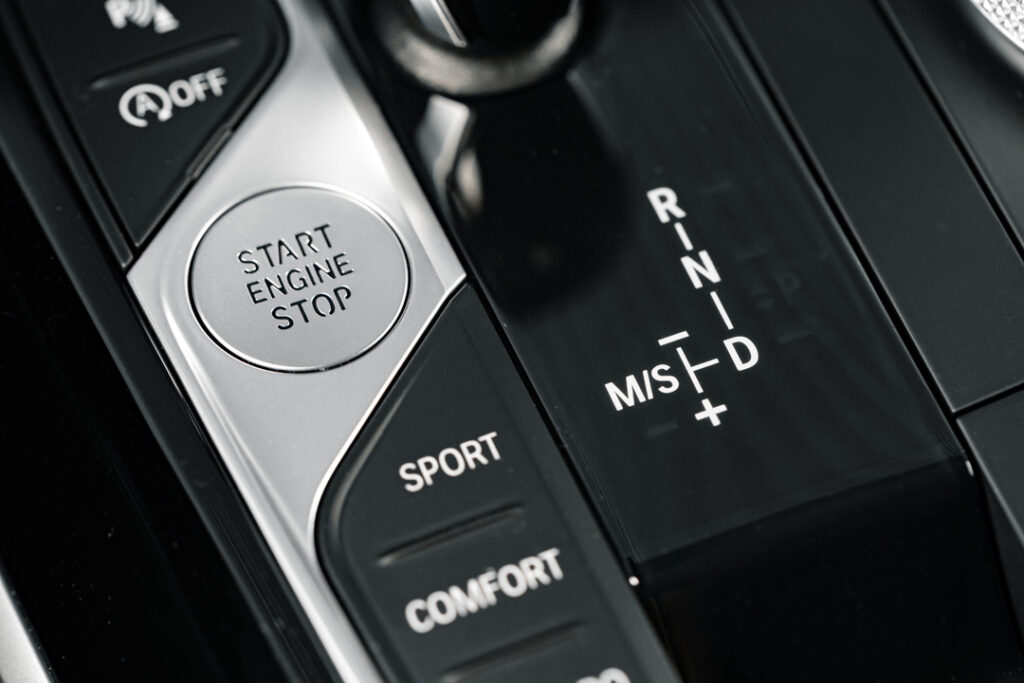
7. Adaptive Cruise Control
Adaptive cruise control is a modern convenience that can also enhance safety, especially for families on long road trips. This feature automatically adjusts the vehicle’s speed to maintain a safe following distance from the car ahead.
Benefits of adaptive cruise control include:
- Reduced Driver Fatigue: Long drives can be tiring, and adaptive cruise control helps reduce the need for constant speed adjustments.
- Enhanced Safety: By maintaining a safe distance from other vehicles, this feature can help prevent rear-end collisions.
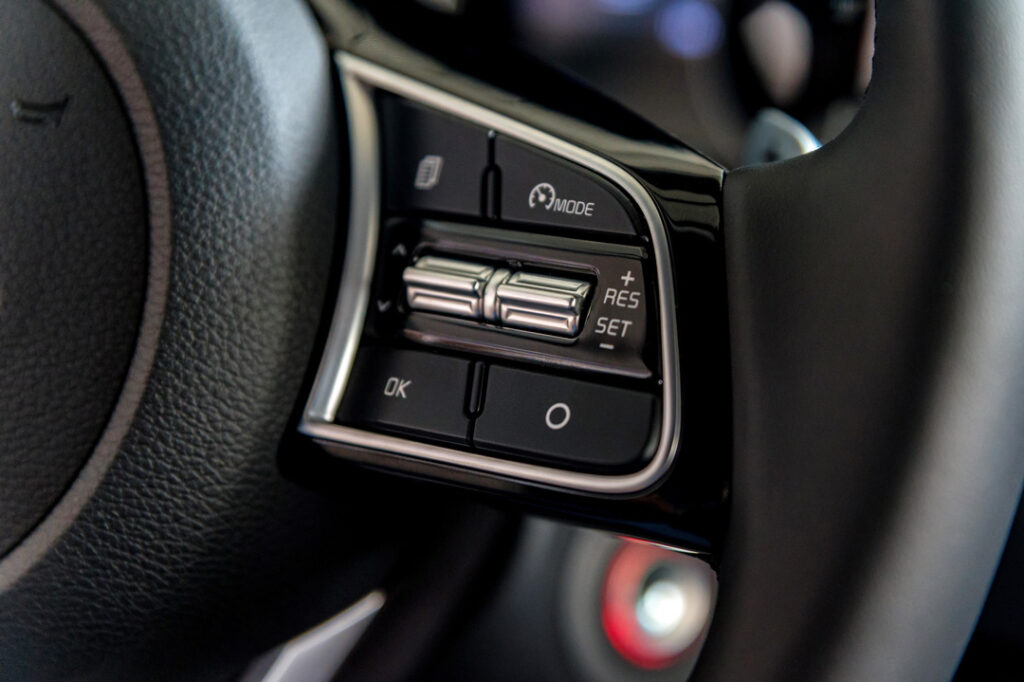
8. Emergency Braking Systems
Emergency braking systems are designed to detect potential collisions and automatically apply the brakes if the driver fails to respond in time. This feature can be a lifesaver, especially in situations where quick reactions are crucial.
When evaluating a vehicle, look for:
- Forward Collision Warning: This system alerts the driver to potential collisions with vehicles or obstacles ahead.
- Automatic Emergency Braking: If the driver does not react to the warning, the system will engage the brakes to help avoid or mitigate the impact.

9. Tire Pressure Monitoring System (TPMS)
Maintaining proper tire pressure is essential for vehicle safety and performance. A Tire Pressure Monitoring System (TPMS) alerts drivers when tire pressure is too low, helping to prevent blowouts and improve fuel efficiency.
For families, a TPMS is important because:
- Increased Safety: Properly inflated tires reduce the risk of accidents caused by tire failure.
- Better Fuel Economy: Maintaining optimal tire pressure can lead to better fuel efficiency, saving money on gas.
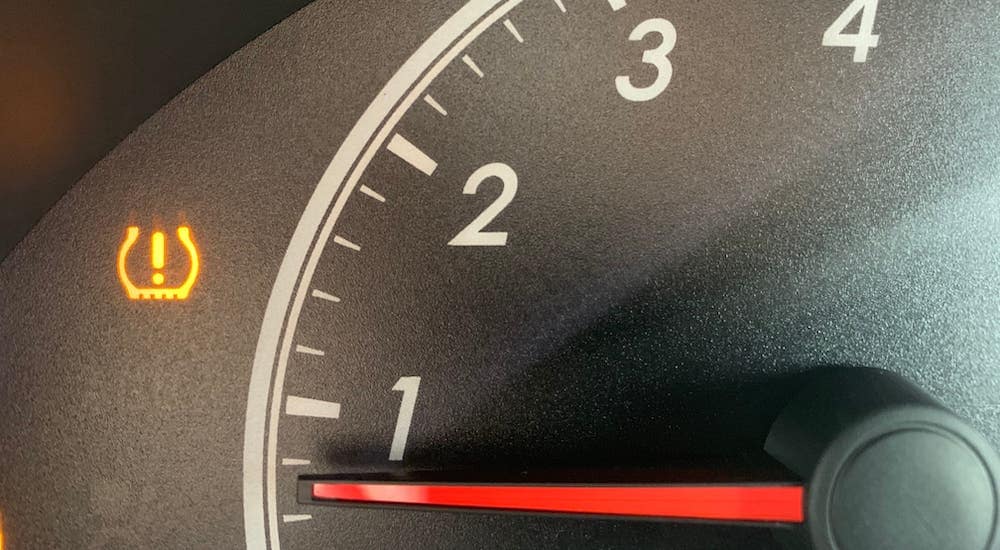
10. Safety Ratings
Before purchasing a vehicle, it’s essential to review its safety ratings from reputable organizations such as the Malaysian Institute of Road Safety Research (MIROS) or the New Car Assessment Program (NCAP). These ratings provide valuable insights into a vehicle’s crashworthiness and overall safety performance.
When researching safety ratings, consider:
- Overall Safety Ratings: Look for vehicles that have received high ratings in crash tests, particularly for child passenger safety.
- Specific Ratings for Child Safety: Some organizations provide specific ratings for how well vehicles protect child passengers, which can be a crucial factor for parents.
Explore Cars: Your Partner in Child Safety
When it comes to traveling with children, safety should always be the top priority. By choosing a vehicle equipped with the latest safety features, parents can ensure that their children are protected on the road. At Explore-My, we understand the importance of child safety in vehicles and are committed to helping families find the right car that meets their needs.
From advanced airbag systems to adaptive cruise control, the safety features outlined in this blog post can make a significant difference in protecting your loved ones. As you consider your next vehicle purchase, remember to prioritize these essential safety features to create a safer driving experience for you and your family.


